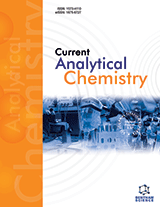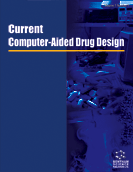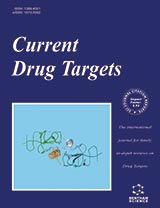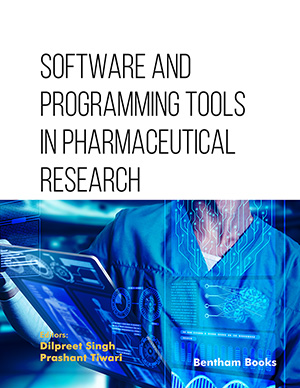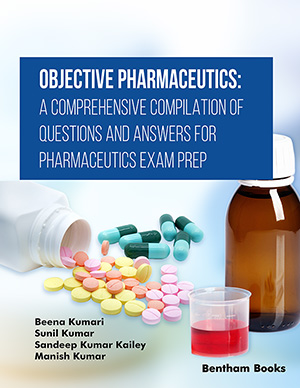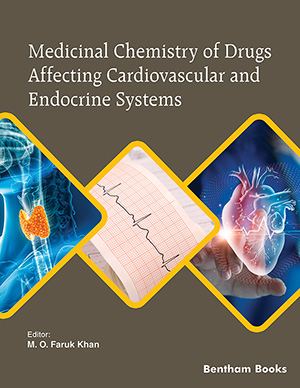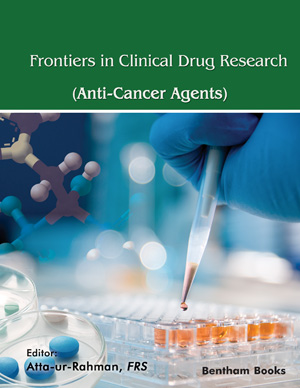Abstract
Since the discovery and initial characterizations of sphingolipids (SLs) in 1884, extensive research has established that these molecules not only are structural components of eukaryotic membranes but they are also critical bioactive lipids involved in fundamental cellular processes such as proliferation, differentiation, apoptosis, inflammation, migration, and autophagy. Altered SL metabolism has been observed in many pathological conditions including hematological malignancies. Thus, targeting the SL pathway to induce lipid changes to counteract specific pathologies is currently being pursued as a promising, novel therapeutic intervention. In this review, we discuss the general characteristics of the SL pathway, illustrating those features relevant to the understanding of the role of SLs in leukemia, and we address novel SL-targeting therapeutic approaches.
Keywords: Sphingolipids, ceramide, sphingosine-1-phosphate, leukemia, ALL, CLL, LGL, AML, CML, SM, DAG, SPT
Anti-Cancer Agents in Medicinal Chemistry
Title: Sphingolipid Metabolism and Leukemia: A Potential for Novel Therapeutic Approaches
Volume: 11 Issue: 9
Author(s): Tara Ann Burns and Chiara Luberto
Affiliation:
Keywords: Sphingolipids, ceramide, sphingosine-1-phosphate, leukemia, ALL, CLL, LGL, AML, CML, SM, DAG, SPT
Abstract: Since the discovery and initial characterizations of sphingolipids (SLs) in 1884, extensive research has established that these molecules not only are structural components of eukaryotic membranes but they are also critical bioactive lipids involved in fundamental cellular processes such as proliferation, differentiation, apoptosis, inflammation, migration, and autophagy. Altered SL metabolism has been observed in many pathological conditions including hematological malignancies. Thus, targeting the SL pathway to induce lipid changes to counteract specific pathologies is currently being pursued as a promising, novel therapeutic intervention. In this review, we discuss the general characteristics of the SL pathway, illustrating those features relevant to the understanding of the role of SLs in leukemia, and we address novel SL-targeting therapeutic approaches.
Export Options
About this article
Cite this article as:
Ann Burns Tara and Luberto Chiara, Sphingolipid Metabolism and Leukemia: A Potential for Novel Therapeutic Approaches, Anti-Cancer Agents in Medicinal Chemistry 2011; 11 (9) . https://dx.doi.org/10.2174/187152011797655140
| DOI https://dx.doi.org/10.2174/187152011797655140 |
Print ISSN 1871-5206 |
| Publisher Name Bentham Science Publisher |
Online ISSN 1875-5992 |
Call for Papers in Thematic Issues
Induction of cell death in cancer cells by modulating telomerase activity using small molecule drugs
Telomeres are distinctive but short stretches present at the corners of chromosomes and aid in stabilizing chromosomal makeup. Resynthesis of telomeres supported by the activity of reverse transcriptase ribonucleoprotein complex telomerase. There is no any telomerase activity in human somatic cells, but the stem cells and germ cells undergone telomerase ...read more
Role of natural compounds as anti anti-cancer agents
Cancer is considered the leading cause of worldwide mortality, accounting for nearly 10 million deaths in 2022. Cancer outcome can be improved through an appropriate screening and early detection and through an efficient clinical treatment. Chemotherapy remains an important approach in treatment o f several types of cancers, even though ...read more
Signaling and enzymatic modulators in cancer treatment
Cancer accounts for nearly 10 million deaths in 2022 and is considered the leading cause of worldwide mortality. Cancer outcome can be improved through an appropriate screening and early detection and through an efficient clinical treatment. Chemotherapy, radiotherapy and surgery are the most important approach for the treatment of several ...read more
 31
31
- Author Guidelines
- Graphical Abstracts
- Fabricating and Stating False Information
- Research Misconduct
- Post Publication Discussions and Corrections
- Publishing Ethics and Rectitude
- Increase Visibility of Your Article
- Archiving Policies
- Peer Review Workflow
- Order Your Article Before Print
- Promote Your Article
- Manuscript Transfer Facility
- Editorial Policies
- Allegations from Whistleblowers
Related Articles
-
Immunomodulatory Drugs: IMiDs in Acute Myeloid Leukemia (AML)
Current Drug Targets Red Blood Cells as Modulators of T Cell Growth and Survival
Current Pharmaceutical Design Advances in Immunotherapy of Chronic Myeloid Leukemia CML
Current Cancer Drug Targets Targeting T-Cell Adhesion Molecules for Drug Design
Current Pharmaceutical Design Molecular Imaging of Apoptosis In Vivo with Scintigraphic and Optical Biomarkers – A Status Report
Anti-Cancer Agents in Medicinal Chemistry New Strategies in the Management of Children and Adolescents with Proliferative Lupus Nephritis
Current Rheumatology Reviews Naphthalimides and Azonafides as Promising Anti-Cancer Agents
Current Medicinal Chemistry Nitrogen-Containing Heterocycles as Anticancer Agents: An Overview
Anti-Cancer Agents in Medicinal Chemistry VEGF in the Muscular Layer of Placental Blood Vessels: Immuno- Expression in Preeclampsia and Intrauterine Growth Restrictrion and its Association with the Antioxidant Status
Cardiovascular & Hematological Agents in Medicinal Chemistry RNA Splicing: Basic Aspects Underlie Antitumor Targeting
Recent Patents on Anti-Cancer Drug Discovery Paclitaxel (Taxol) and Taxoid Derivates for Lung Cancer Treatment: Potential for Aerosol Delivery
Current Cancer Drug Targets Therapeutic Window, a Critical Developmental Stage for Stem Cell Therapies
Current Stem Cell Research & Therapy The mTOR Signaling Pathway is an Emerging Therapeutic Target in Multiple Myeloma
Current Pharmaceutical Design Natural Compounds in Anti-Leukaemic Therapy: A Review
Mini-Reviews in Medicinal Chemistry Targeting Pathways Mediating Bone Disease
Current Pharmaceutical Biotechnology Wnt Signaling in Rhabdomyosarcoma – A Potential Targeted Therapy Option
Current Drug Targets The TRAIL to Viral Pathogenesis: The Good, the Bad and the Ugly
Current Molecular Medicine MicroRNA and Cancer: Tiny Molecules with Major Implications
Current Genomics Recent Progress in the Development of Histone Deacetylase Inhibitors as Anti-Cancer Agents
Mini-Reviews in Medicinal Chemistry 5q- syndrome
Current Pharmaceutical Design








